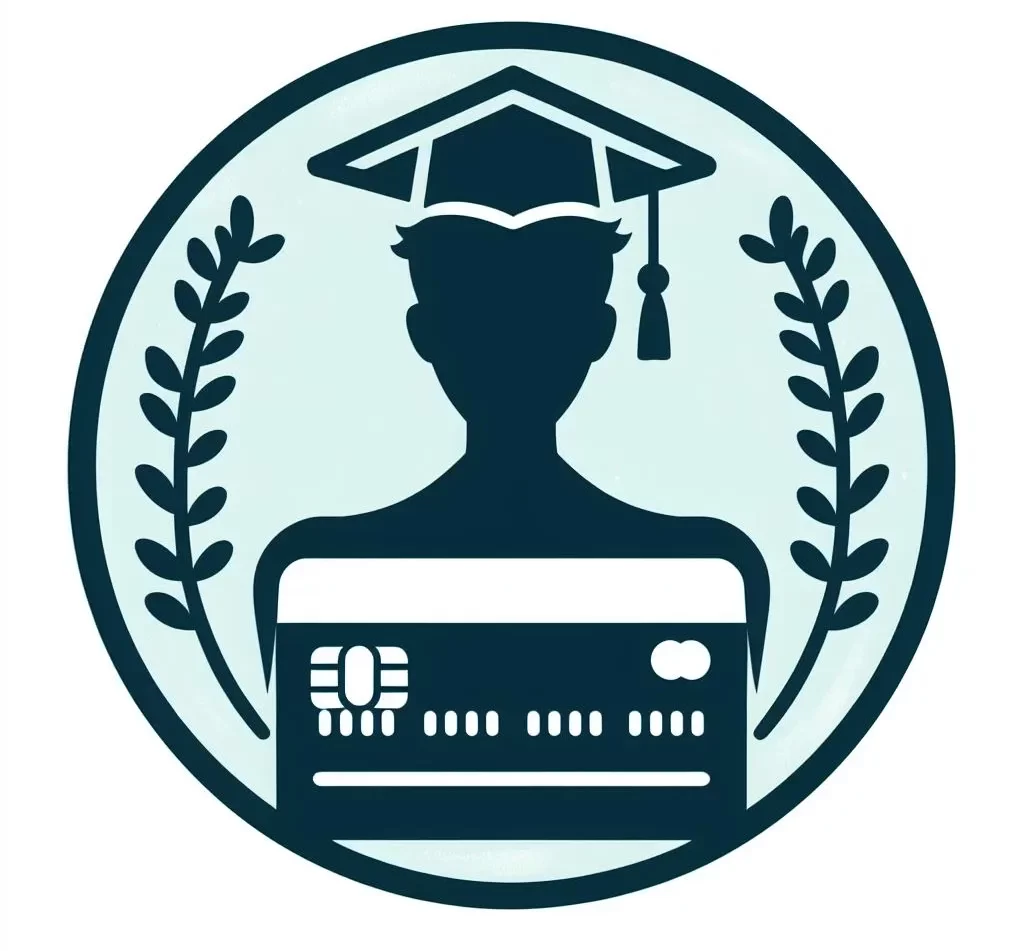Table of Contents:

Introduction
- Explanation of the topic: scholarships vs. student loans
- Importance of the decision for future studies
- A brief overview of the main points
-
Scholarships
- Definition and types of scholarships
- Advantages of scholarships: reduced financial burden, no debt, the potential for future savings, recognition of academic achievements
- Tips for finding and applying for scholarships
III. Student Loans
- Definition and types of student loans
- Advantages of student loans: access to funding, ability to finance education when funds are not readily available
- Disadvantages of student loans: interest rates, potential for long-term debt, need for repayment
- Comparison of different student loan options and repayment plans
-
Which Option Is Best for Future Studies?
- Factors to consider when deciding between scholarships and student loans, such as financial goals, individual circumstances, and potential career paths
- Importance of seeking advice from financial professionals to make informed decisions.
When it comes to paying for college, students have two primary options: scholarships and student loans. While both options can help pay for tuition, room and board, and other expenses, they differ significantly in terms of cost, requirements, and long-term consequences.
In this article, we’ll explore the importance of the decision between scholarships vs. student loans and provide a brief overview of the main points to consider.
The Importance of the Decision

Choosing between scholarships and student loans can have a significant impact on your financial well-being for years to come. Scholarships are essentially free money that you do not have to repay, while student loans must be repaid with interest.
This means that choosing to take out loans over seeking out scholarships can result in a significant amount of debt that may take years or even decades to pay off.
Additionally, student loans can impact your credit score and ability to make major purchases, such as buying a car or a home, in the future.
Overview of the Main Points
When considering whether to pursue scholarships or student loans, there are several main points to consider:
-
- Cost: Scholarships are typically the more affordable option, as they do not need to be repaid. Student loans, on the other hand, can result in a significant amount of debt.
- Requirements: Scholarships may have specific eligibility requirements, such as academic achievement or financial need, while student loans are typically available to all students who meet basic criteria.
- Repayment: Scholarships do not need to be repaid, while student loans must be repaid with interest.
- Long-term consequences: Student loans can impact your credit score and ability to make major purchases in the future, while scholarships do not have these long-term consequences.
Factors to Consider when Deciding between Scholarships and Student Loans:
Choosing between scholarships and student loans can be a difficult decision. In this section, we’ll outline the factors you should consider when making this decision, such as financial goals, individual circumstances, and potential career paths. We’ll also emphasize the importance of seeking advice from financial professionals to make informed decisions about financing your education.
Advantages and Disadvantages of Scholarships:
Scholarships offer several benefits to students, including financial aid that does not require repayment, recognition for academic or athletic achievements, and opportunities to network with other scholars. Additionally, scholarships can provide motivation to students to perform well academically or athletically. However, scholarships also have some disadvantages, such as eligibility requirements that may limit the number of students who can receive them.
Additionally, the application process for scholarships can be time-consuming and competitive, which can be stressful for students.
Advantages and Disadvantages of Student Loans:
Student loans can be a useful tool for financing education, but they also have some disadvantages. One of the benefits of student loans is that they can help students who cannot afford to pay for education out-of-pocket.
Additionally, some student loans have low-interest rates, and students may be eligible for income-driven repayment plans that can make repayment more manageable. However, student loans also have some disadvantages, such as accruing interest while in school, repayment obligations that begin shortly after graduation, and the potential to accumulate significant debt.
Federal vs. Private Loans:

When considering student loans, it’s important to understand the differences between federal and private loans. Federal loans are backed by the government and typically have lower interest rates and more flexible repayment options than private loans.
Additionally, some federal loans may be eligible for loan forgiveness or discharge under certain circumstances. Private loans, on the other hand, are provided by banks, credit unions, and other financial institutions.
Private loans can have higher interest rates and less flexible repayment options than federal loans, but they may be a viable option for students who do not qualify for federal loans or need additional funding beyond federal loan limits. Private Pyaday Loans For Students. Apply Here
Repayment Plans:
Repaying student loans can be a daunting prospect, but there are several repayment plans available to make repayment more manageable.
Income-driven repayment plans, for example, base monthly payments on a borrower’s income and family size, which can help make payments more affordable.
Additionally, some repayment plans allow borrowers to make smaller payments during the first few years after graduation, with payments gradually increasing over time.
It’s important to understand the different repayment options available for each type of loan and to choose a plan that works best for your individual financial circumstances.
Conclusion:
In conclusion, understanding the differences between scholarships and student loans is essential when planning for your education.
Scholarships offer financial aid that does not require repayment, while student loans can be a useful tool for financing education. When deciding between scholarships and student loans, it’s important to consider individual financial circumstances, eligibility requirements, and long-term financial goals.
Remember to explore all of your options and seek advice from financial professionals to make informed decisions about financing your education.
Related Subtopic That can help you with Making a Right Decision
- Eligibility Requirements for Scholarships and Student Loans
- Different Types of Scholarships Available
- How to Apply for Scholarships and Student Loans
- Pros and Cons of Private Student Loans
- Understanding the FAFSA and Financial Aid Process
- Tips for Repaying Student Loans
- Impact of Student Loans on Credit Scores
When it comes to financing a college education, students have a variety of options available to them.
Two of the most common forms of financial aid are student loans and scholarships. While both provide funds to pay for college expenses, they have significant differences in terms of eligibility requirements, repayment terms, and application processes.
Eligibility Requirements for Scholarships and Student Loans
One of the most significant differences between student loans and scholarships is the eligibility requirements. Scholarships are often awarded based on academic achievement, extracurricular activities, or community involvement.
They can also be awarded based on a student’s financial need. On the other hand, student loans are typically more widely available and don’t have stringent eligibility requirements. However, federal student loans may have some eligibility requirements, such as being enrolled in an eligible degree or certificate program, maintaining satisfactory academic progress, and not having defaulted on a previous federal loan.
Different Types of Scholarships Available
Scholarships come in many forms, such as academic, athletic, or need-based scholarships. Academic scholarships are typically awarded to students with outstanding academic achievements, while athletic scholarships are awarded to students who excel in sports. Apply For a Student Scholarship Here
Need-based scholarships are awarded based on a student’s financial need, while merit-based scholarships are awarded based on the student’s achievements in a specific area. Additionally, some scholarships may be awarded based on a student’s demographic, such as gender or ethnicity.
How to Apply for Scholarships and Student Loans
The application process for scholarships and student loans differs significantly. To apply for scholarships, students typically need to write essays, provide transcripts, and demonstrate their achievements in a specific area.
On the other hand, applying for student loans involves completing the Free Application for Federal Student Aid (FAFSA) and submitting it to the federal government. Private student loans may have different application requirements, such as a credit check or income verification.
Pros and Cons of Private Student Loans
Private student loans are loans offered by private financial institutions, such as banks or credit unions. Unlike federal student loans, private student loans typically have higher interest rates and may not offer flexible repayment options.
However, private student loans can be a viable option for students who need additional funds beyond what federal loans can provide.
Understanding the FAFSA and Financial Aid Process
Completing the FAFSA is a crucial step in applying for financial aid for college. The FAFSA is used to determine a student’s eligibility for federal student aid programs, such as grants, work-study programs, and loans.
Additionally, many colleges and universities use the FAFSA to determine a student’s eligibility for institutional aid programs.
Tips for Repaying Student Loans
Repaying student loans can be a challenging task, especially for students who have just graduated from college. However, there are several tips that students can follow to make the repayment process more manageable.
These tips include enrolling in an income-driven repayment plan, making extra payments whenever possible, and refinancing the loans to a lower interest rate.
Impact of Student Loans on Credit Scores
Student loans can have a significant impact on a student’s credit score. Late payments or defaults on student loans can negatively affect a student’s credit score, making it harder for them to obtain credit in the future. If U need Loan Urgently and have a Bad Credit, You can Click Here.
